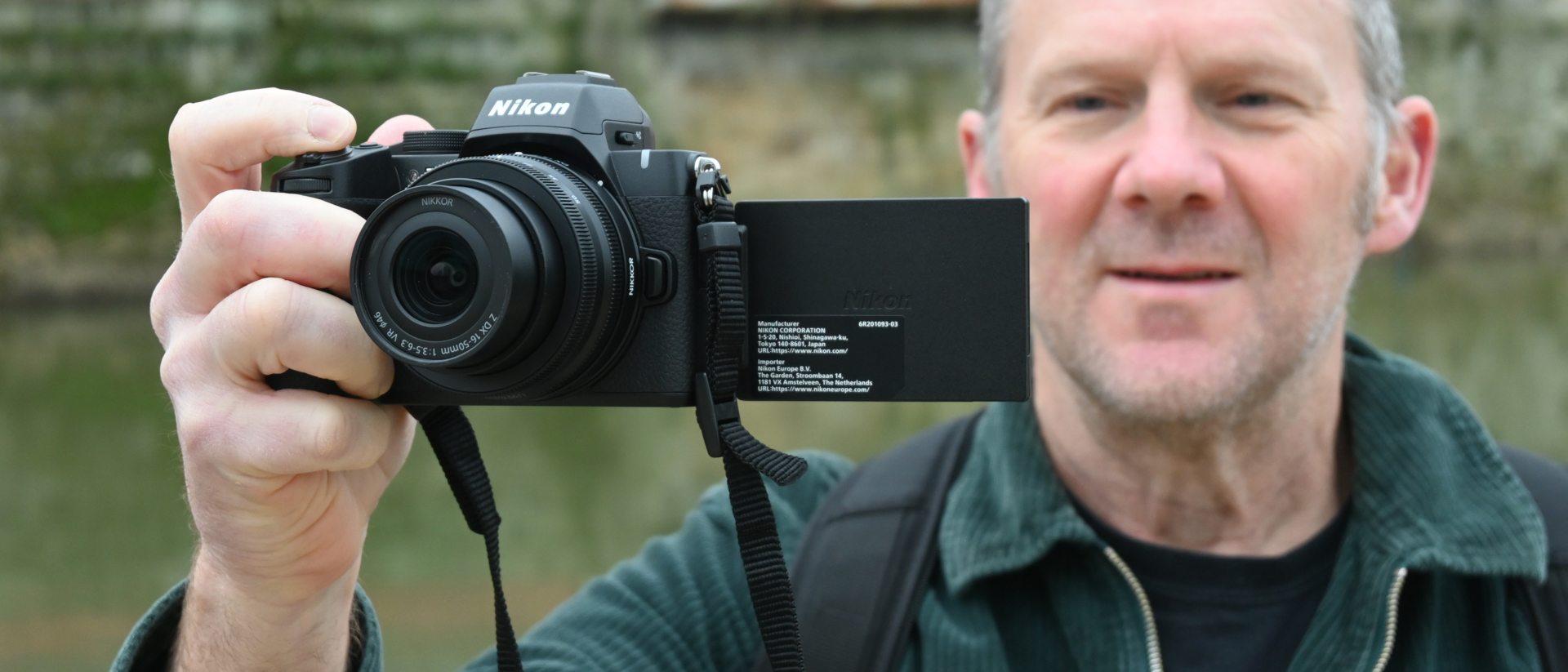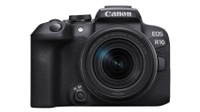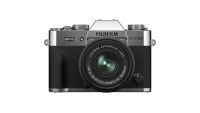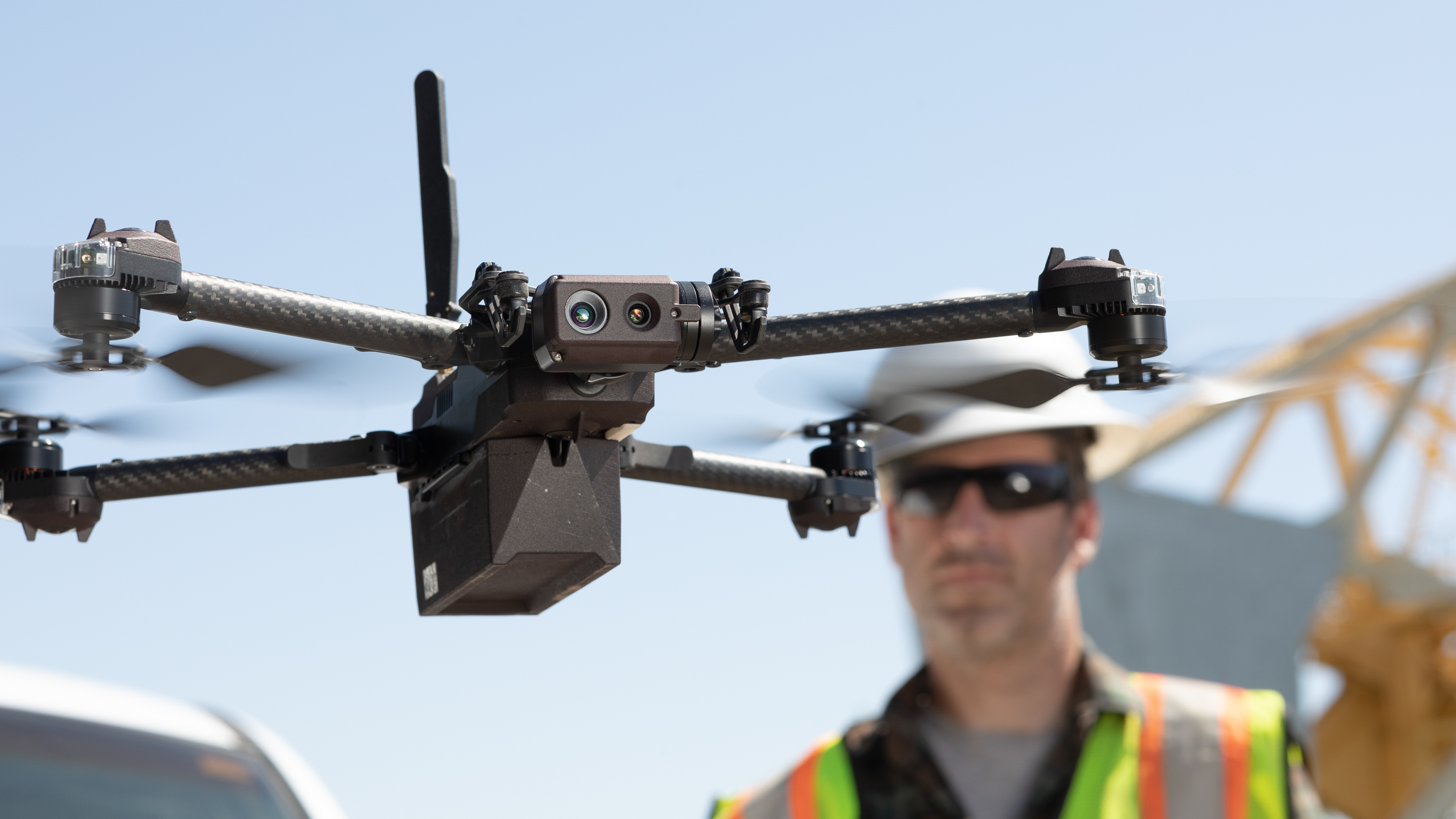Digital Camera World Verdict
The Nikon Z50 II is like a Z50 on steroids, thanks to the inclusion of Nikon's most advanced Expeed 7 processor. Its AF performance is very close to the top-of-the-line Z9 and Z8 cameras, with snappy and unerringly accurate subject recognition. It's competitively priced too, especially the kit lens bundles, and a superb entry into Nikon's Z-series ecosystem.
Pros
- +
Pro-level AF performance
- +
Improved ergonomics & controls
- +
'Proper' vari-angle flip-out screen
Cons
- -
Most headline specs same as Z50
- -
Still no IBIS
- -
20.9MP resolution lower than competitors
Why you can trust Digital Camera World
The Nikon Z50 II is the follow-up to Nikon's first-ever crop-sensor mirrorless and comes five years after the original Nikon Z50 launched back in 2019. Smaller and lighter than the full-frame Z-series cameras further up the range, its downsized APS-C (or DX, in Nikon parlance) sensor enables it to be used with an equally more compact range of lenses.
There are a lot of similarities with its predecessor, with the same 20.9Mp sensor, 3.2in 1.04 million-dot rear screen and 2.36 million-dot viewfinder. The ISO range remains at 100-51,200 (204,800 expanded) as does the 11fps shooting rate when the mechanical shutter is used.
However, it does have a newer-generation Expeed 7 processor – the same as used in the newer full-frame Z-series cameras from the Nikon Z f through to the Nikon Z9, and this chip offers a vast improvement in autofocus performance, cleaner images compared to those from a Z 50 at the same ISO settings, and increases the frame rate to up to 30fps when using an electronic shutter.
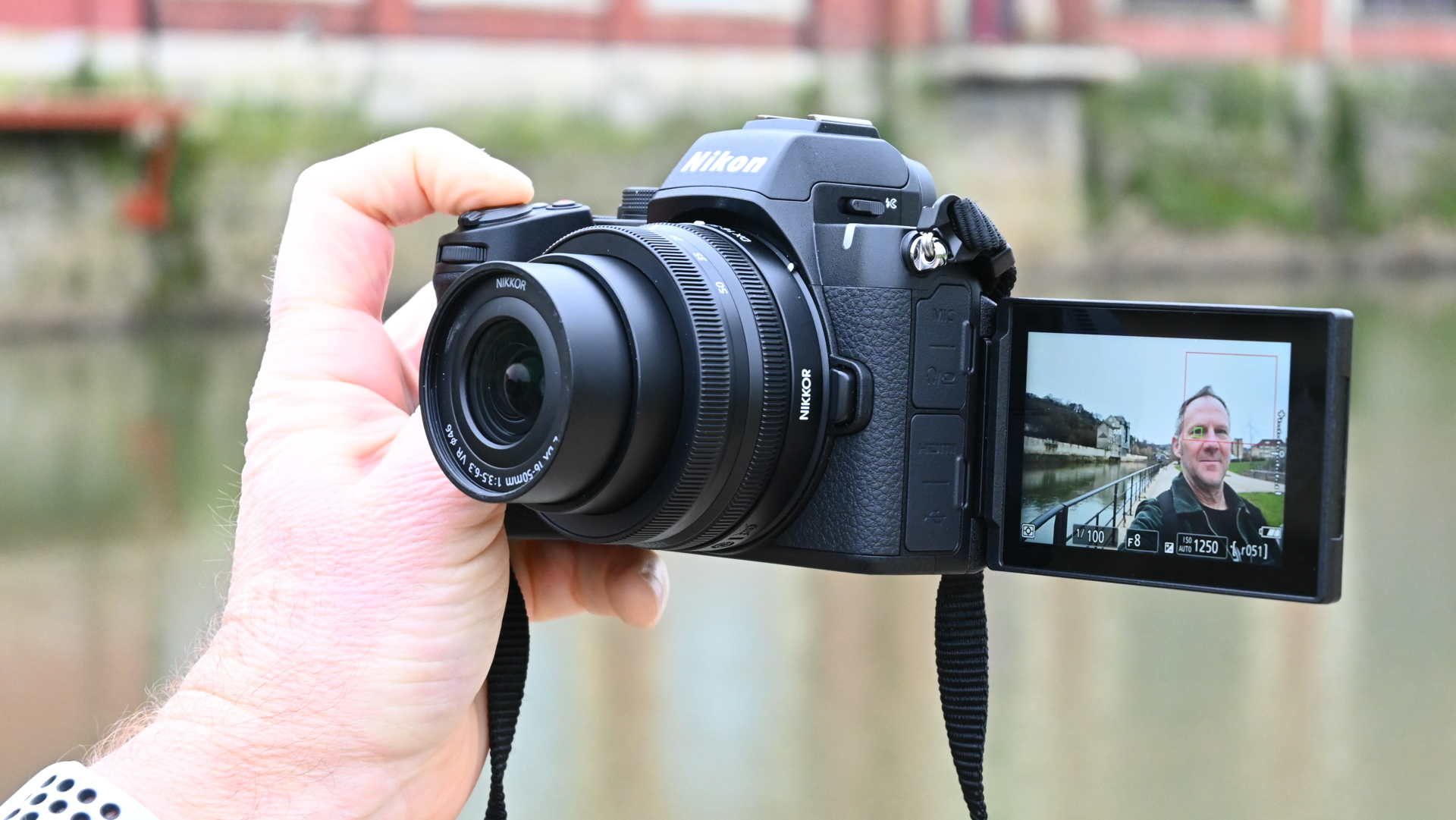
Nikon Z50 II: Specifications
| Sensor | 20.9Mp CMOS (APS-C) |
| Processor | Nikon Xpeed 7 |
| Lens mount | Nikon Z |
| Screen | 3.2in 1.04m-dot vari-angle touchscreen LCD |
| Viewfinder | 0.39in 2.36m-dot OLED |
| Image stabilization | None |
| Memory | 1xSDXC UHS-II |
| Shutter speed | 1/4000 sec to 30 sec (extendable to 900 sec) |
| Max shooting rate | 11fps (mechanical shutter), 30fps (High speed frame capture +) |
| Exposure range | -4EV to +17EV |
| ISO | 100-51,200 (204,800 extended) |
| Autofocus | 209 points, hybrid phase-detection/contrast AF |
| Built-in flash | Manual pop-up GN7 |
| Video | 4K UHD 60p, Full HD 120p |
| Connectivity | USB-C, HDMI (Type D), 3.5mm audio in, 3.5mm audio out/remote, Wi-Fi, Bluetooth |
| Battery | EN-EL25a |
| Dimensions | 127 x 96.8 x 66.5mm (5 x 3.9 x 2.7in) |
| Weight | 495g (1lb. 1.5oz) camera body only |
Nikon Z50 II: Price
At $909.95/£849/AU$1499.95, the launch price of the Z50 II is around the same as the original Z50 in the US and Australia, and around £50 cheaper in the UK, which makes it good value.
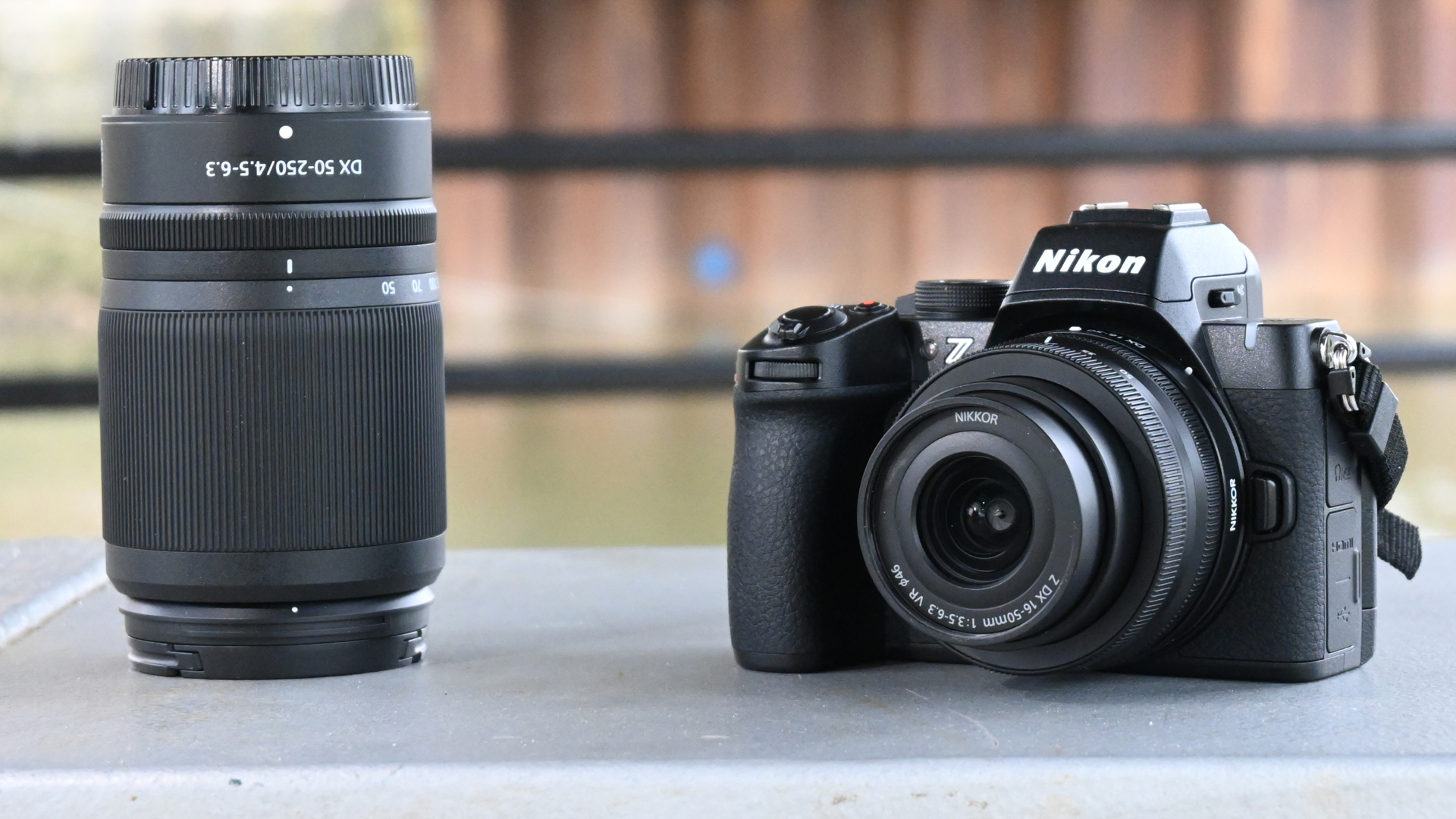
As well as being available body only, there are some excellent kit lens options to consider, which vary by territory and are well worth the extra compared to buying them separately. There's the option of buying it with the remarkably dinky Z 16-50mm f/3.5-6.3 VR for $1,049.95 / £999, or a twin lens kit with the Z 16-50mm and Z 50-250mm f/4.5-6.3 VR telephoto zoom for $1,299.95 / £1,199. Alternatively, the camera is available with the Z 18-140mm f/3.5-6.3 VR superzoom for £1,219 / AU$2,199.95 (the only kit option available in Australia).
At this price point, the main competitors are the Canon EOS R10, Fujifilm X-T30 II and Sony A6400, which all have similar APS-C-sized sensors and are aimed at entry-level or enthusiast photographers.
Nikon Z50 II: Design & Handling
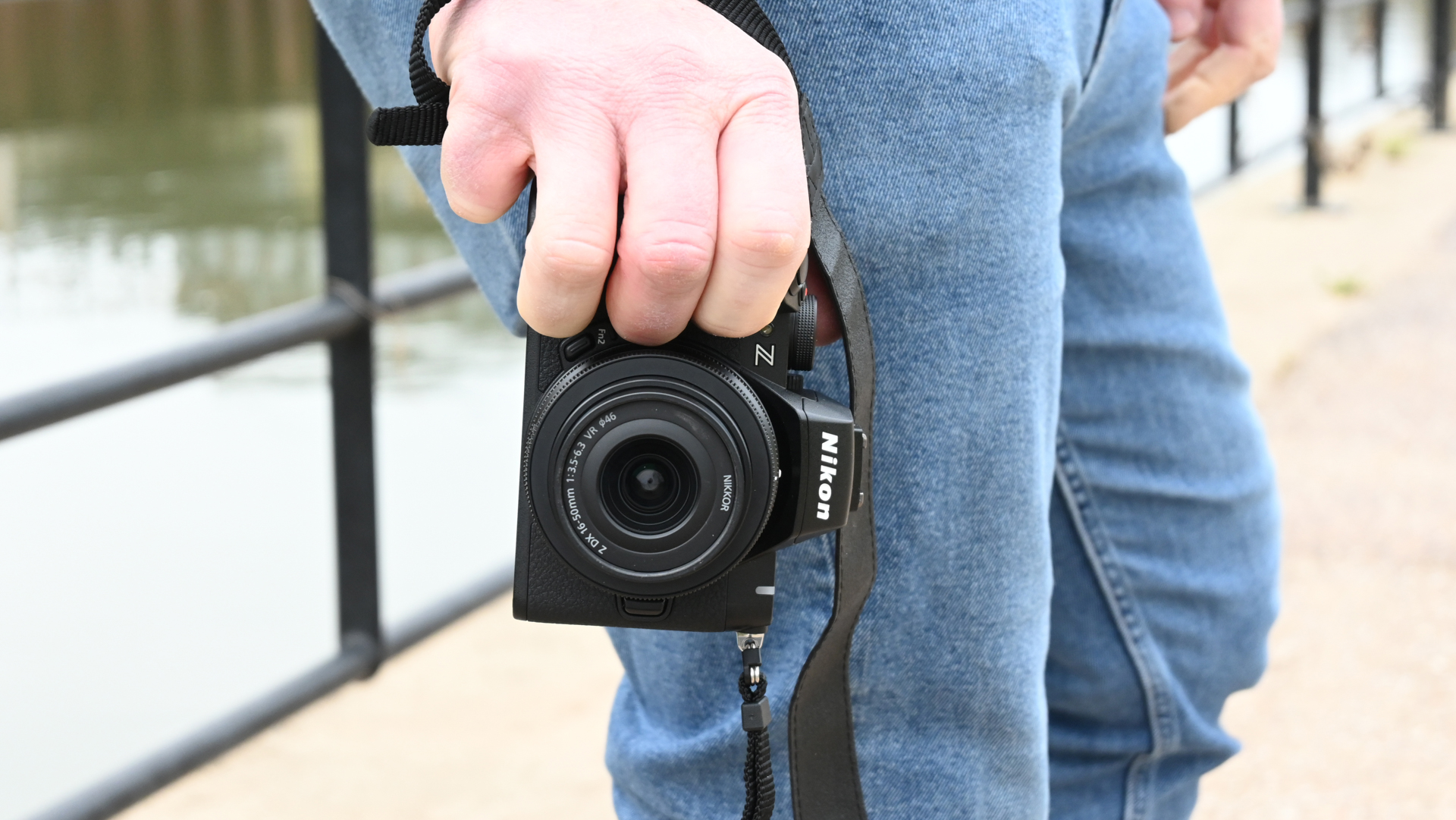
While the Z50 II looks similar to the Z50 at a glance, it is a little bigger and has a deeper, more comfortable grip. The control layout has more in common with cameras like the Nikon Z 6III, with a dedicated button for drive mode, which was absent on the Z50 and had to be accessed via the menu system. It also gains physical buttons to zoom in and out, and a 'Disp' button to toggle between various on-screen information overlays. On the Z50 these were 'soft' buttons built into the rear LCD.
There's also a new dedicated button to access Picture Controls, which is exclusive to the Z50 II and not found on any other Nikon camera. This gives fast access to the various 'looks' that are applied with JPEGs processed in-camera. Of course, if you prefer to shoot Raw then this won't be much use to you, but it can be reprogrammed for a variety of other functions instead – as can many of the other controls.
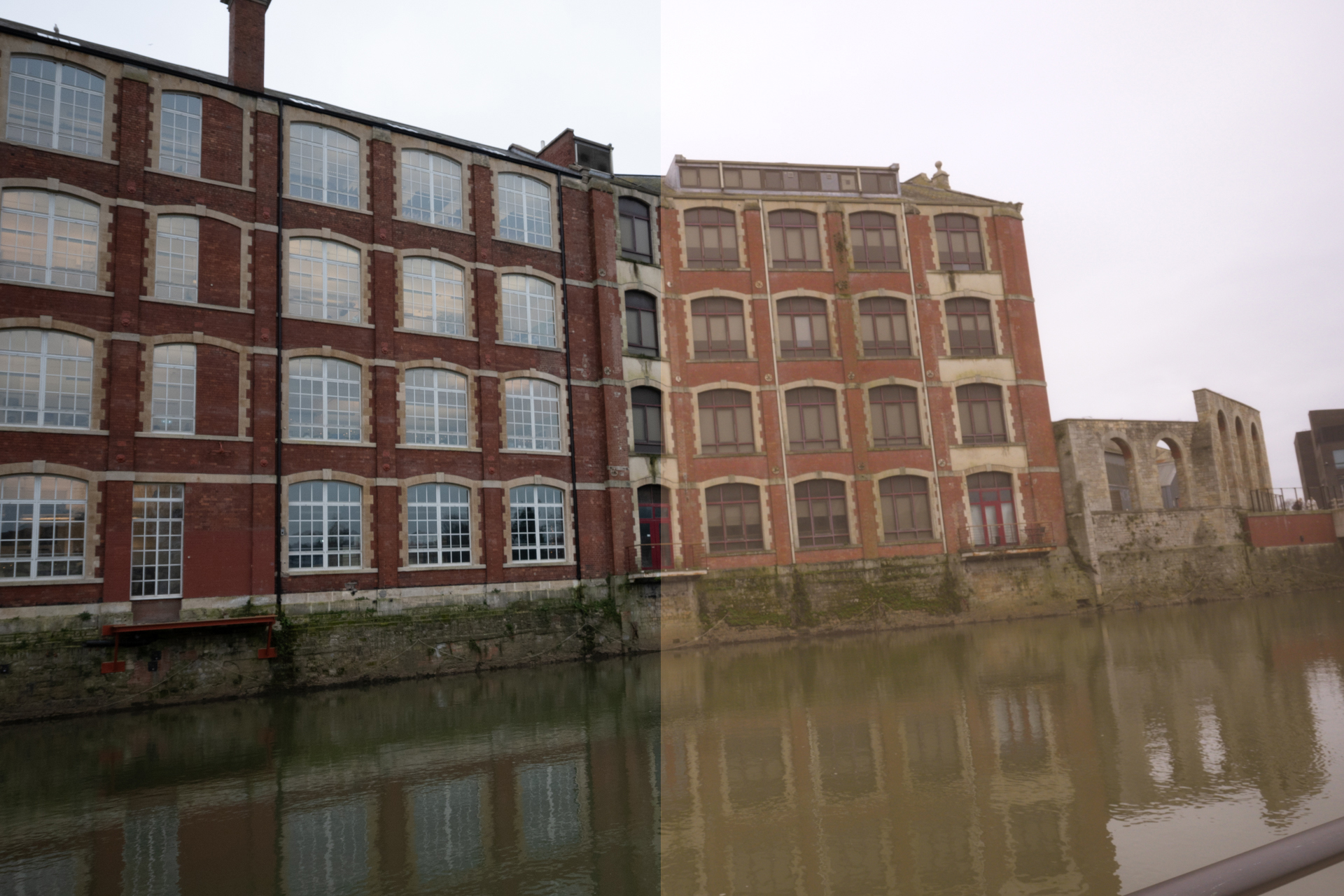
While the rear touchscreen has the same 1.04 million-dot resolution as the Z50, this time it's mounted on a proper vari-angle mechanism that flips out to the side and can be rotated up and down – and all the way around to the front for selfies and vlogging. The Z50, by contrast, could only flip up or down, and while it could be twisted all the way around to be forward-facing, with the screen below the camera, if you were using a tripod then most of the display would be obscured by the tripod column.
The viewfinder also has the same resolution as the previous model, at 2.36 million dots, but it's twice as bright, making it more natural to use when shooting in bright conditions.
I could go on at length here about the main differences and improvements over the Z50, but I've already done so in my comprehensive Z50 II vs Z50 Buyer's Guide, so check that out for a blow-by-blow comparison.
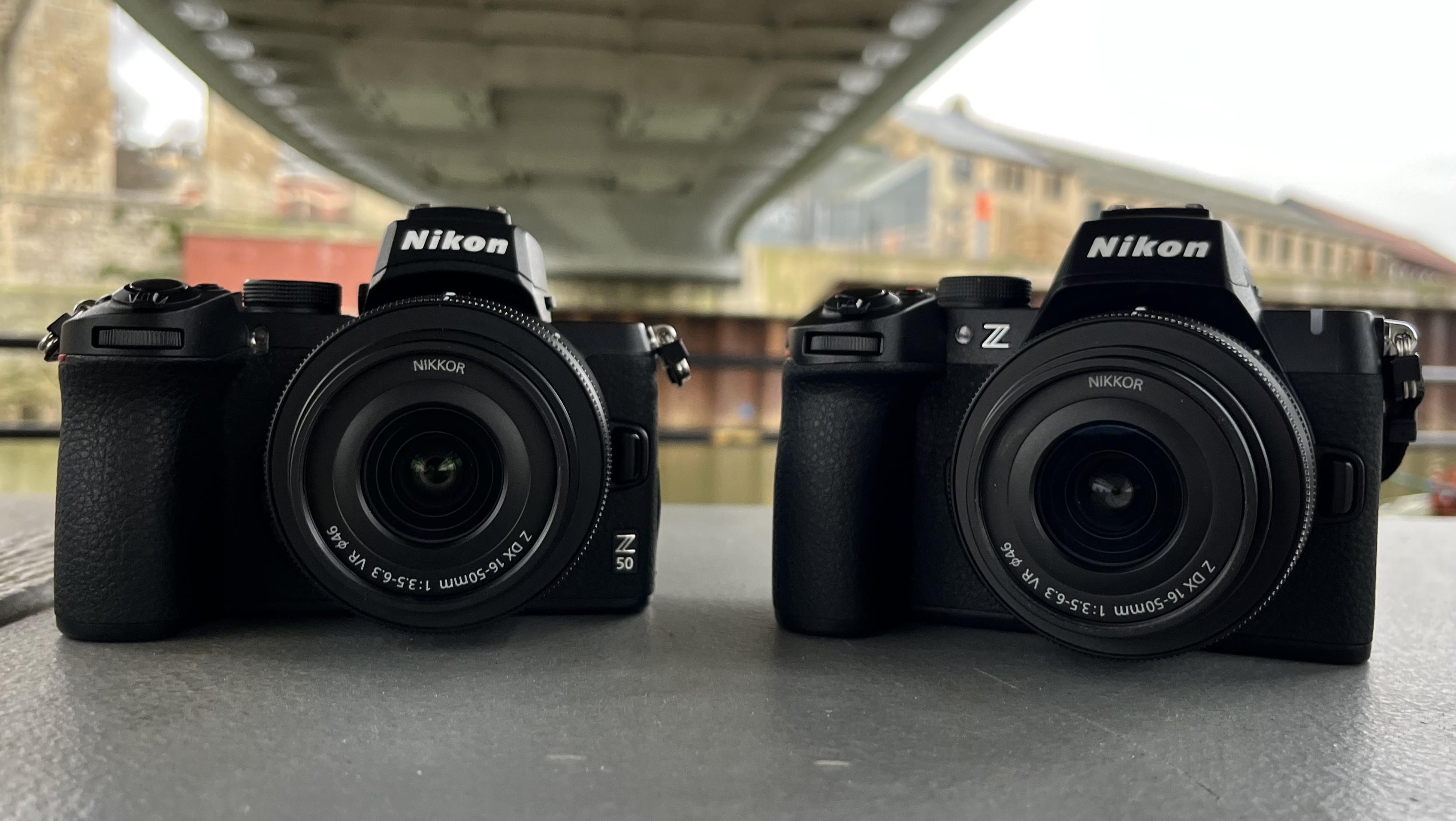
Nikon Z50 II: Performance
The Expeed 7 processor is Nikon's latest-gen chip, first found in the range-topping Z9 and having since appeared in the Nikon Z8, Z f and Z6 III, it is now in an APS-C body for the first time. This chip endows the Z50 II with the same levels of intelligent subject-detection autofocus that's found in the Z9, and I found it to be super-responsive, locking onto multiple subjects snappily.
The camera has subject detection modes specifically for people, animals, birds, vehicles and airplanes, and an auto mode that recognizes them them all simultaneously. Nikon says that it hasn't throttled the AF performance in any way, and it is, for all intents and purposes, just as good as on cameras like the Z9,
The headline maximum shooting rate is 11fps when using the mechanical shutter, the same as the Z50. For most of us, this is plenty fast enough, but Nikon has added even faster 15fps and 30fps 'High-speed frame capture +' modes that forgo the mechanical shutter for an electronic one. This does come with some rolling shutter issues, where the image shears slightly with fast-moving objects due to limitations in the electronic shutter's scan rate. This mode is also limited to JPEG or HEIC file formats only, so you won't have the full editing latitude that you would have with a Raw file.
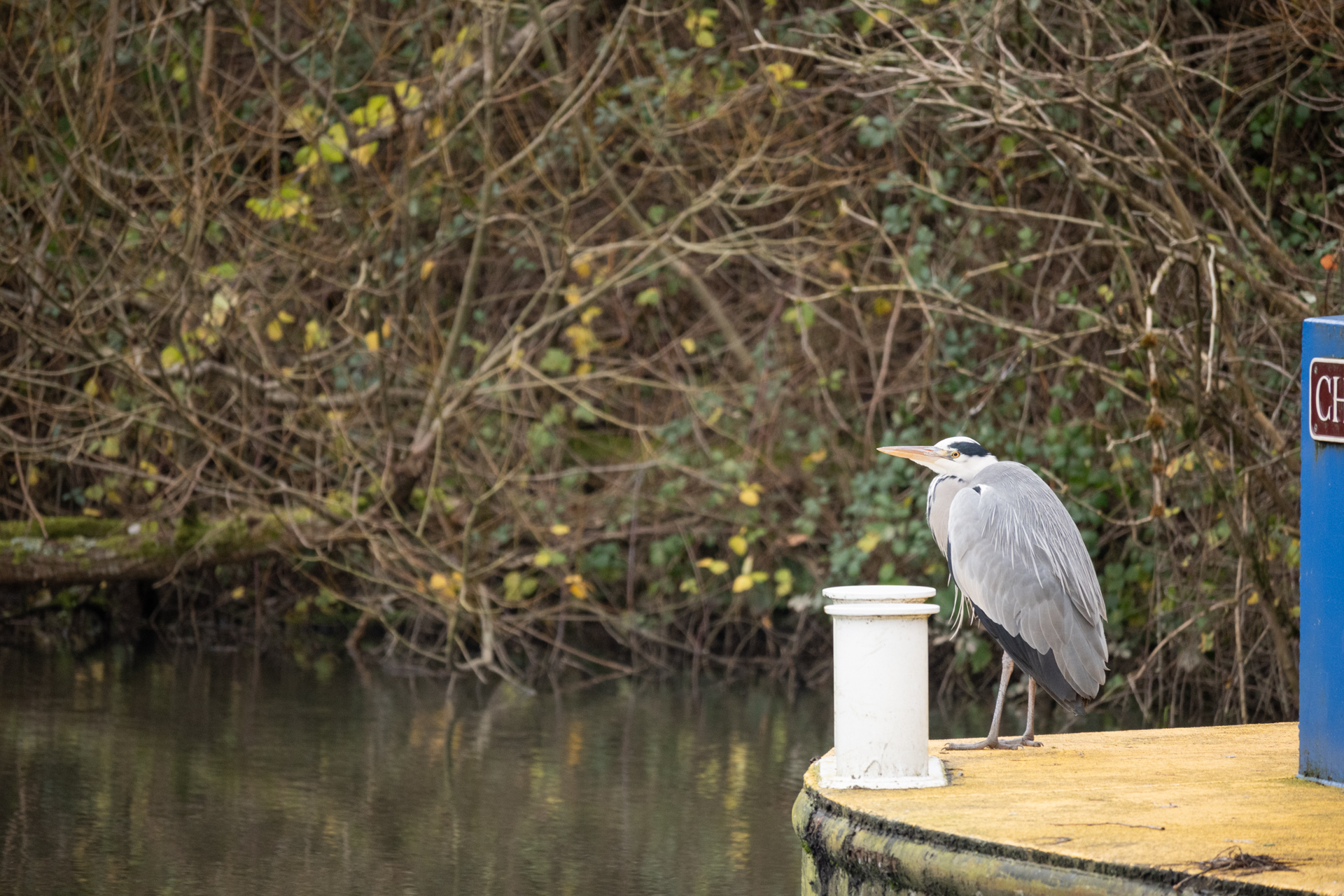
There's also an option to capture images before you take them. Essentially, the 'Pre-release capture' mode starts recording images in the background when you half-press the shutter to achieve focus and an exposure reading, saving up to a second's worth of shots leading up to the shutter being fully depressed, and keeps saving them until the shutter is fully released. It is only available when used in conjunction with High-speed frame capture +, so once again there are no Raw files. It's handy for ensuring you don't miss the moment, but is best used sparingly as it fills memory cards pretty quickly, and you can end up with dozens of every-so-slightly different variations of the same shot to pick from in the editing stage.
But this makes it an absolutely storming camera for capturing action, and while the Z50 II is pitched as an entry-level camera, it's also ideal for those who like to photograph subjects such as sports and wildlife on a budget, with the bonus of the 1.5x telephoto boost that the smaller APS-C sensor gives. In fact, it comfortably outguns older pre-Expeed 7 full-frame cameras, including the Nikon Z5, Z 6II and Z7 II when it comes to reliably capturing fast subjects.
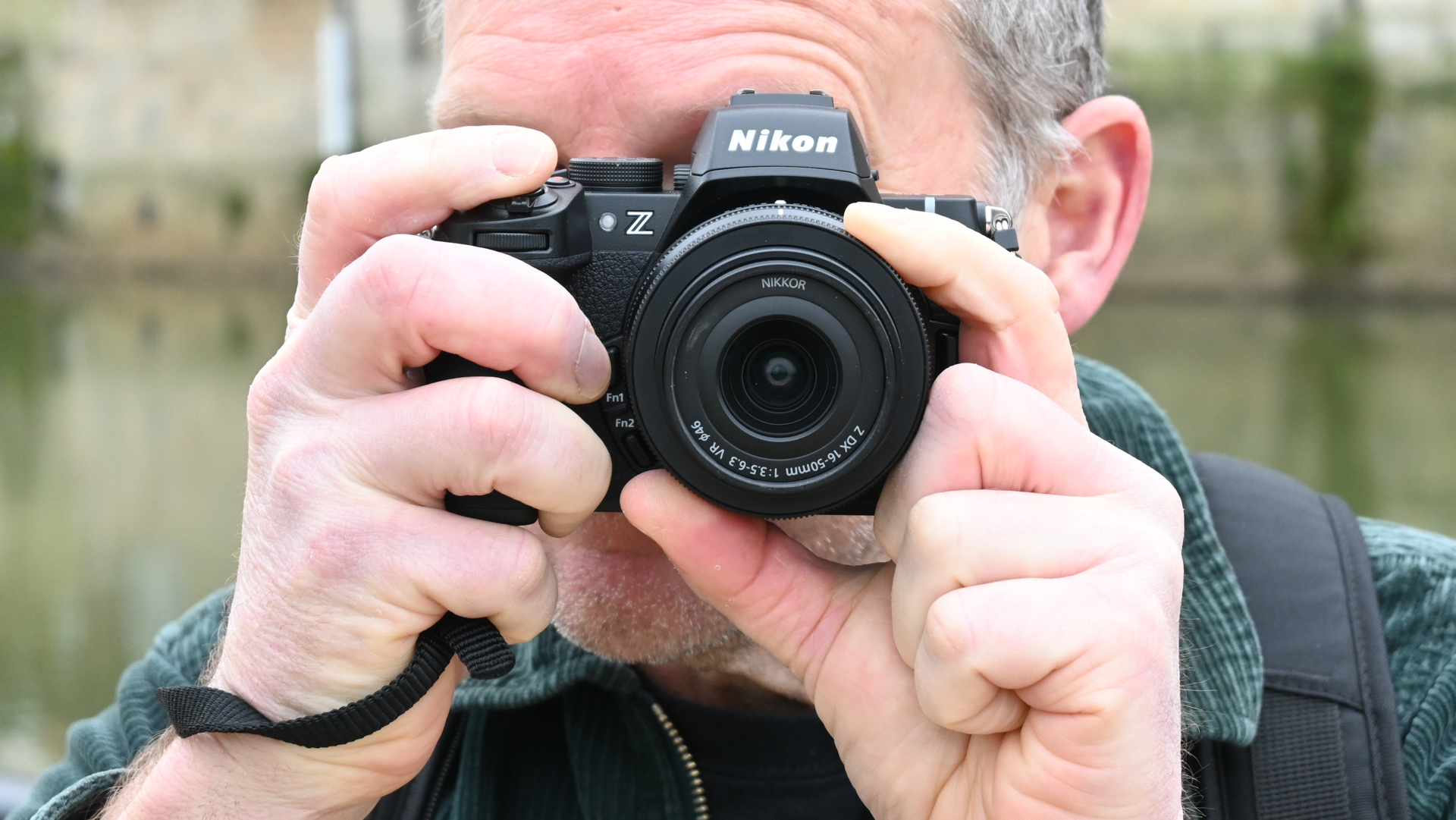
Nikon is pitching this camera as much as videographers as photographers, and it's a stellar video performer, with uncropped 4K 30p oversampled from 5.6K. There's also a 4K 60p slo-mo mode, but this does have a 1.5x crop applied. You can shoot in FullHD 120p for quarter-speed footage, and there's a 2x digital zoom (with no loss of image quality), which can be set to zoom smoothly at 11 different speeds for a pro-quality feel. There's also electronic video stabilization, for less-shaky footage, when shooting FullHD.
Videographers will also be delighted to see that the camera offers N-Log recording with a full 10-bit codec, offering a huge amount of flexibility when color grading video (a bit like the flexibility of a Raw file compared to a JPEG stills image).
There's a natty Product Review mode designed with vloggers in mind that automatically switches focus from the presenter to any objects that are introduced into the frame and brought closer to the camera, ideal for slick 'review' videos. The camera is automatically recognized by cameras and phones as a video device, cutting out the need for using Nikon’s Webcam Utility software, as is the case with other Nikon cameras.
Videographers will also welcome the addition of a headphone socket for monitoring recording, but this also doubles as a socket for the new MC-DC3 remote cord that works exclusively with the camera.

Nikon Z50 II: Lab results
For our lab data comparison we compared the Z50 II to three similarly-priced APS-C mirrorless cameras: the Canon EOS R10, Fujifilm X-T30 II, and Sony A6400.
Resolution (line widths/picture height):

Resolution is measured using standardized text charts which give results in line widths / picture height, which is independent of sensor size.
With its 20.9Mp sensor, the Z50 II unsurprisingly trails behind its competitors, which offer 24Mp or greater resolutions.
Dynamic range (EV):
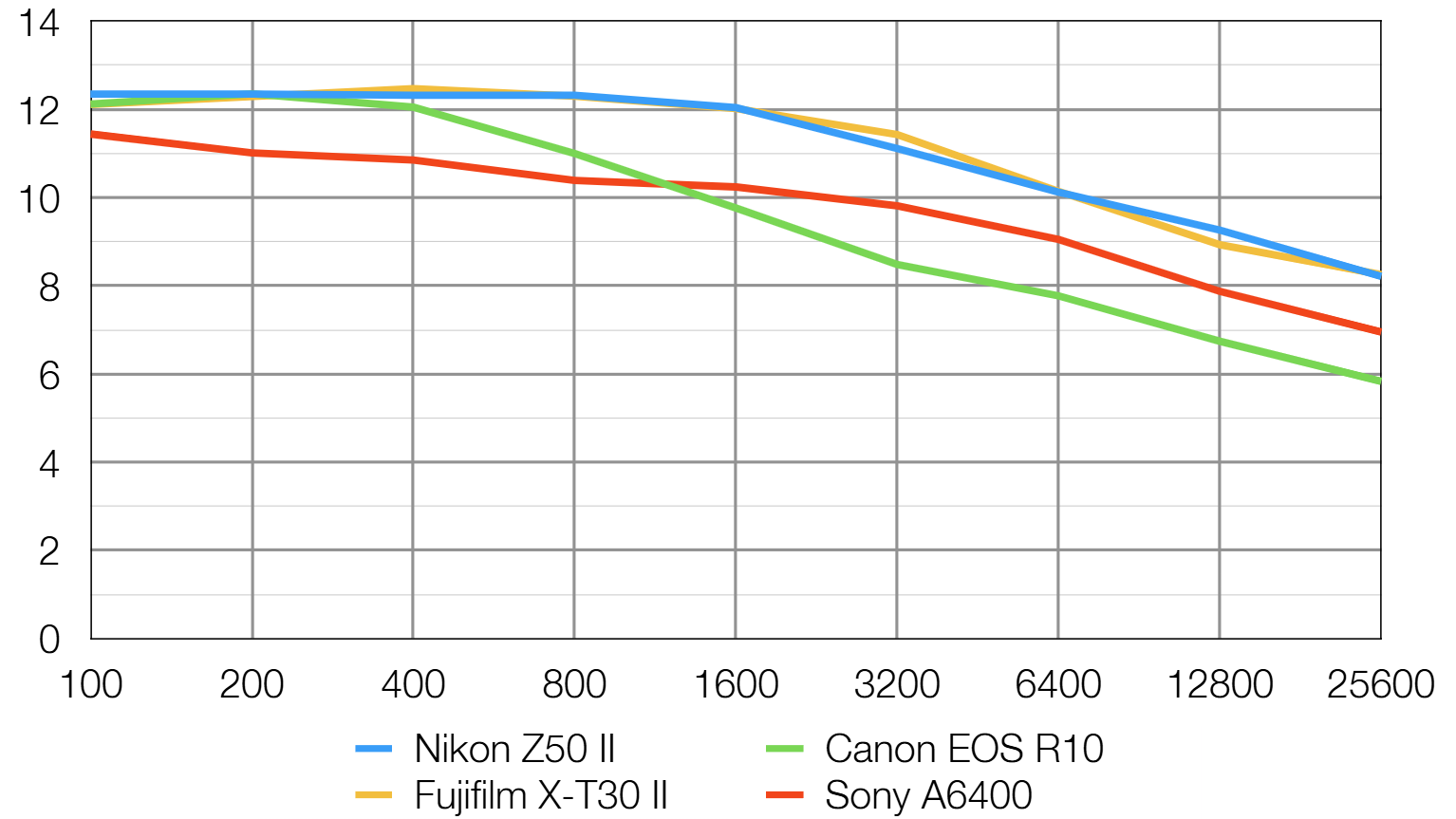
Dynamic range is a measure of a camera's ability to record extreme brightness ranges and still retain detail in the brightest and darkest parts of the scene. It's measured in EV (exposure values, or 'stops').
It's neck-and-neck with the Fujifilm X-T30 II, but the Z 50II produces beautifully detailed images, rich in detail from the darkest shadows to the brightest highlights.
Signal to noise ratio (decibels):
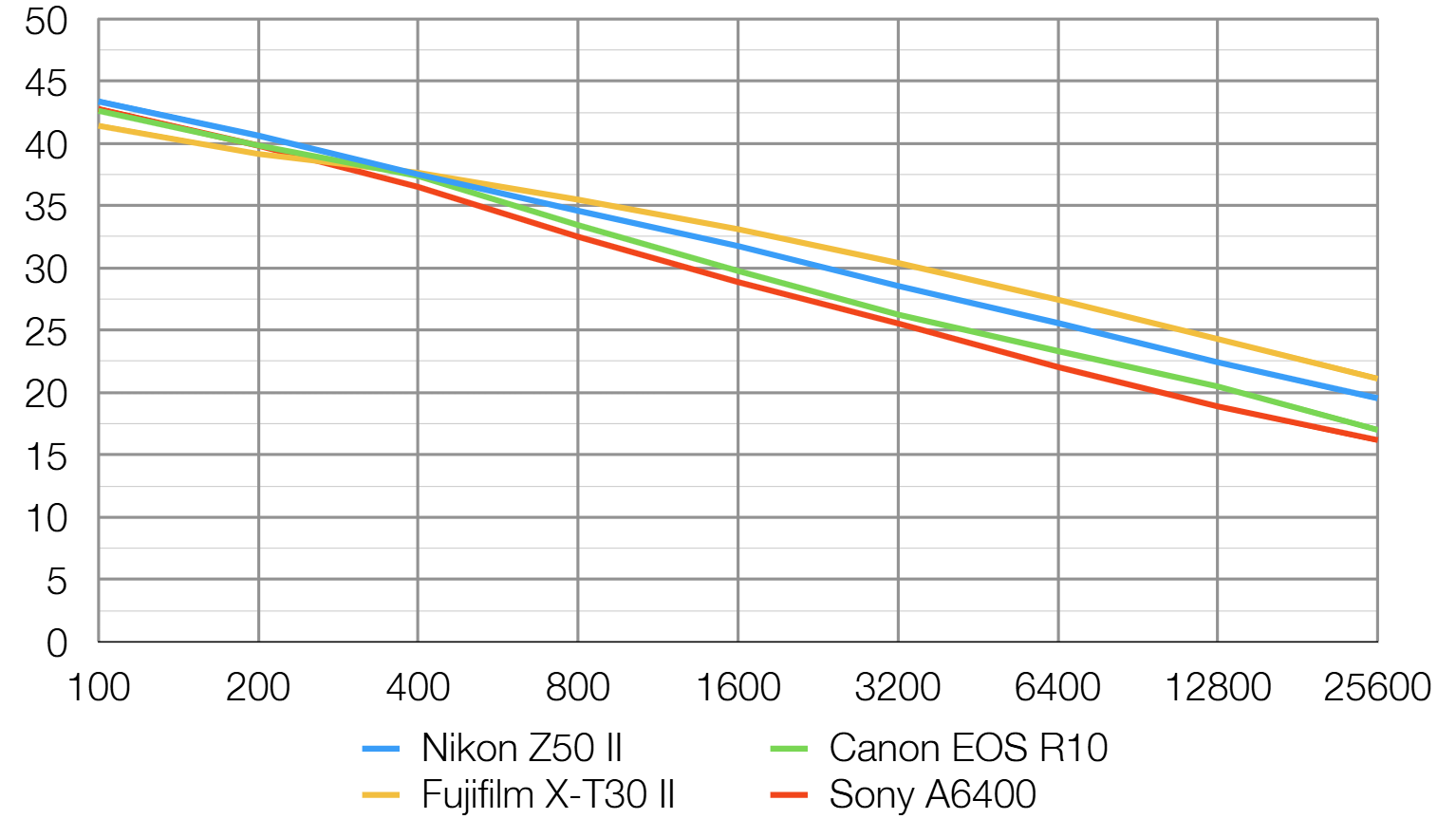
This test compares the amount of random noise generated by the camera at different ISO settings as a proportion of the actual image information (the 'signal'). Higher values are better and we expect to see the signal to ratio fall as the ISO is increased.
Signal-to-noise results are superb, thanks to the processing grunt of the Expeed 7, although the Fujifilm X-T30 II does outperform it slightly at higher ISOs.
Nikon Z50 II: Verdict
We'll get the negatives out of the way first. I'm a little disappointed that, five years on, the Z50 II is still using the same 20.9Mp sensor, while rivals including the Canon EOS R10, Fujifilm X-T30 and Sony A6400 all have 24Mp or higher. I'd have liked to have seen IBIS too, but then again, this is rare in APS-C cameras, and those that do, such as the Sony A6700, cost considerably more.
However, the Nikon Z50 II is by far the most advanced camera in Nikon's DX range. It may be pitched at beginners and enthusiasts, but there's nothing 'amateur' about its capabilities, and it really does pack the pro-level performance of far more expensive Nikon cameras higher up the range in a smaller, easy-to-handle body.
It's superbly versatile whatever you like to photograph, but I reckon it will be a particular hit for those who like shooting sports and wildlife, with its zippy and accurate autofocus and advanced subject recognition snapping onto fast-moving subjects. And it's brilliant for video too, offering some nice touches for filmmakers on a budget.
| Features | The 20.9Mp sensor is looking a little lackluster compared to the competitions' higher-res output | ★★★★☆ |
| Design | With improved ergonomics, it's a joy to hold and behold, but lacks the 'oomph' of some retro bodies | ★★★★☆ |
| Performance | The Expeed 7 chip offers the performance of a range-topping pro camera in an enthusiast body | ★★★★★ |
| Value | At the same (or lower) launch price as its predecessor, it's brilliant value, especially with a kit lens or two | ★★★★★ |
✅ Buy it...
- You want top performance in a compact APS-C body
- You shoot sports or wildlife and would welcome the 1.5x telephoto boost
🚫 Don't buy it...
- You're a retro fan – surely a Zfc II is in development?
- 20.9 megapixels isn't enough for you
Alternatives
Canon EOS R10: Professional-level autofocus and speed, 4K 60p imaging and 120p slow-motion at 1080p, the R10 offers performance that punches well above its weight. It's a fantastic APS-C body for hybrid shooting. Read the full review...
Fujifilm X-T30 II: Fujifilm’s pint-sized retro camera doesn’t just look cool but works well too, with old-school shutter speed and aperture dials replacing a regular mode dial. And its images are terrific. Read the full review...

Prior to joining digitalcameraworld.com as Guides Editor, Adam was the editor of N-Photo: The Nikon Magazine for seven years, and as such is one of Digital Camera World's leading experts when it comes to all things Nikon-related.
Whether it’s reviews and hands-on tests of the latest Nikon cameras and lenses, sharing his skills using filters, tripods, lighting, L brackets and other photography equipment, or trading tips and techniques on shooting landscapes, wildlife and almost any genre of photography, Adam is always on hand to provide his insights.
Prior to his tenure on N-Photo, Adam was also a veteran of publications such as PhotoPlus: The Canon Magazine, so his wealth of photographic knowledge isn’t solely limited to the Big N.
